Discover Your Birth Flower & How to Grow It: A Personal Journey Through Nature’s Calendar
Last spring, I was wandering through my local nursery (you know how dangerous that can be for plant lovers like us!) when I overheard a grandmother telling her granddaughter about birth flowers.
“Just like birthstones,” she said, “every month has its own special flower.”
That conversation sparked something in me, I realized I’d been growing gardens for years without ever knowing my birth flower was sitting right there in my backyard!
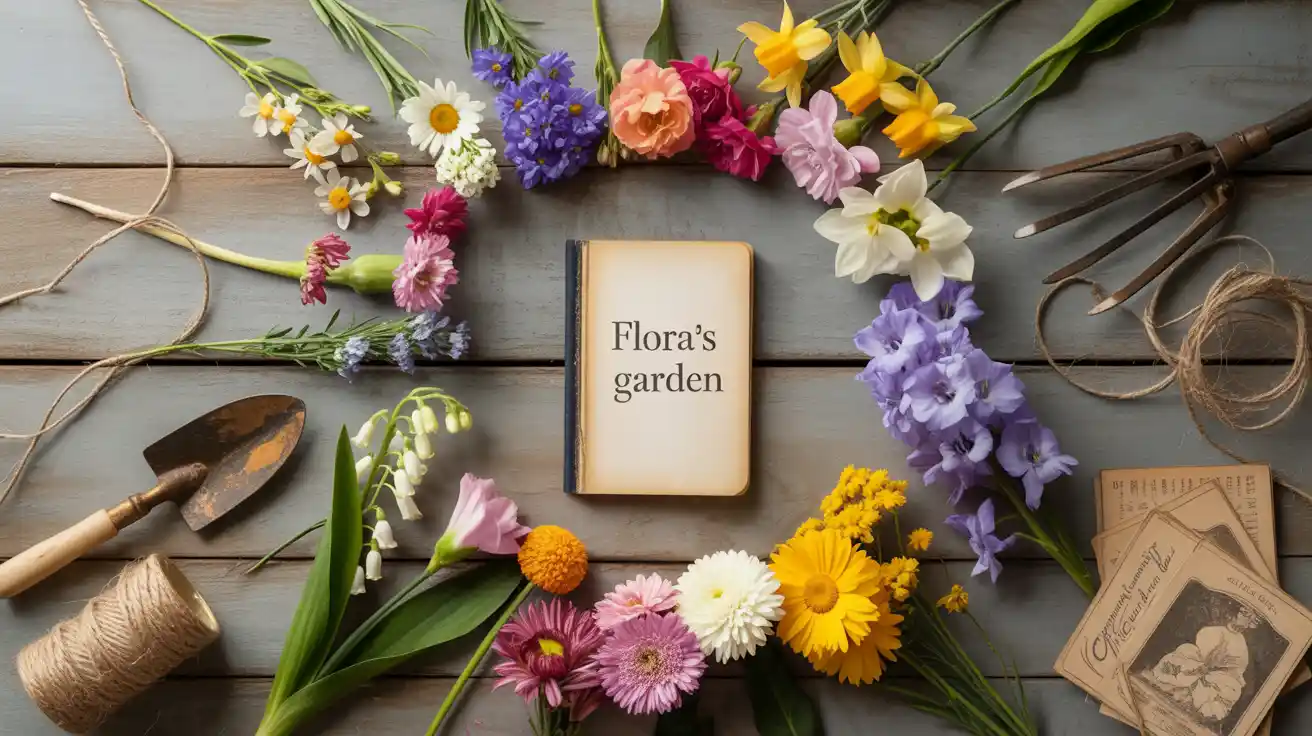
That’s when I dove headfirst into the enchanting world of birth flowers, and honestly, it’s become one of my favorite ways to connect with the seasons and add personal meaning to my garden.
Whether you’re a seasoned gardener or someone who’s killed more succulents than you’d care to admit (we’ve all been there!), Growing your birth flower is such a beautiful way to celebrate yourself while nurturing something truly special.
What Are Birth Flowers and Why Should You Care?
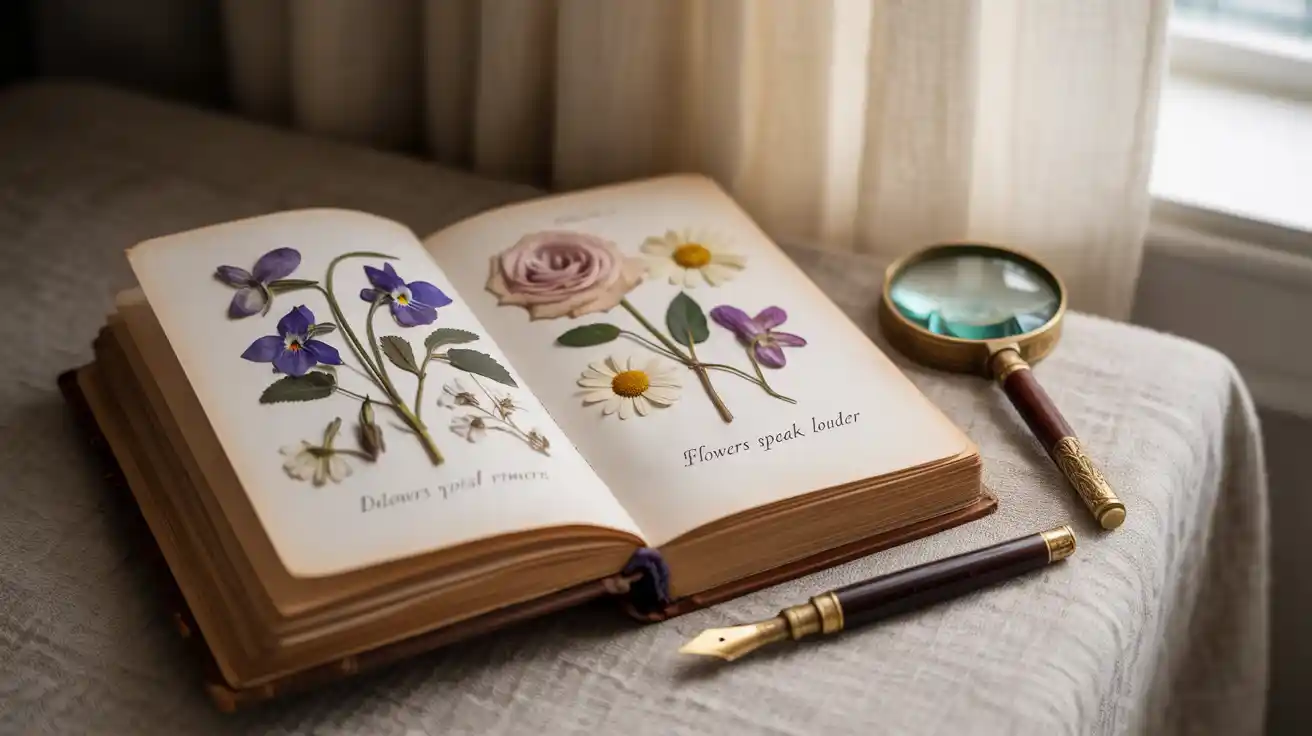
Birth flowers are nature’s version of birthstones, each month has one or two flowers traditionally associated with it.
This tradition dates back centuries, with roots in Roman culture and Victorian flower language (called “floriography” if you want to get fancy about it).
Think of it this way: your birth flower is like having a personal cheerleader from the plant kingdom.
Each one carries its symbolism and energy that’s meant to reflect the qualities of people born in that month.
Plus, there’s something deeply satisfying about growing a plant that’s “yours” in such a personal way.
Here’s the complete lineup of birth flowers by month:
- January: Carnation (resilience and admiration)
- February: Violet (modesty and faithfulness)
- March: Daffodil (new beginnings and hope)
- April: Daisy (innocence and new beginnings)
- May: Lily of the Valley (humility and sweetness)
- June: Rose (love and appreciation)
- July: Larkspur (lightness and levity)
- August: Gladiolus (strength and integrity)
- September: Aster (wisdom and devotion)
- October: Marigold (creativity and passion)
- November: Chrysanthemum (joy and optimism)
- December: Narcissus/Paperwhite (hope and renewal)
Why Growing Your Birth Flower Is More Than Just Gardening
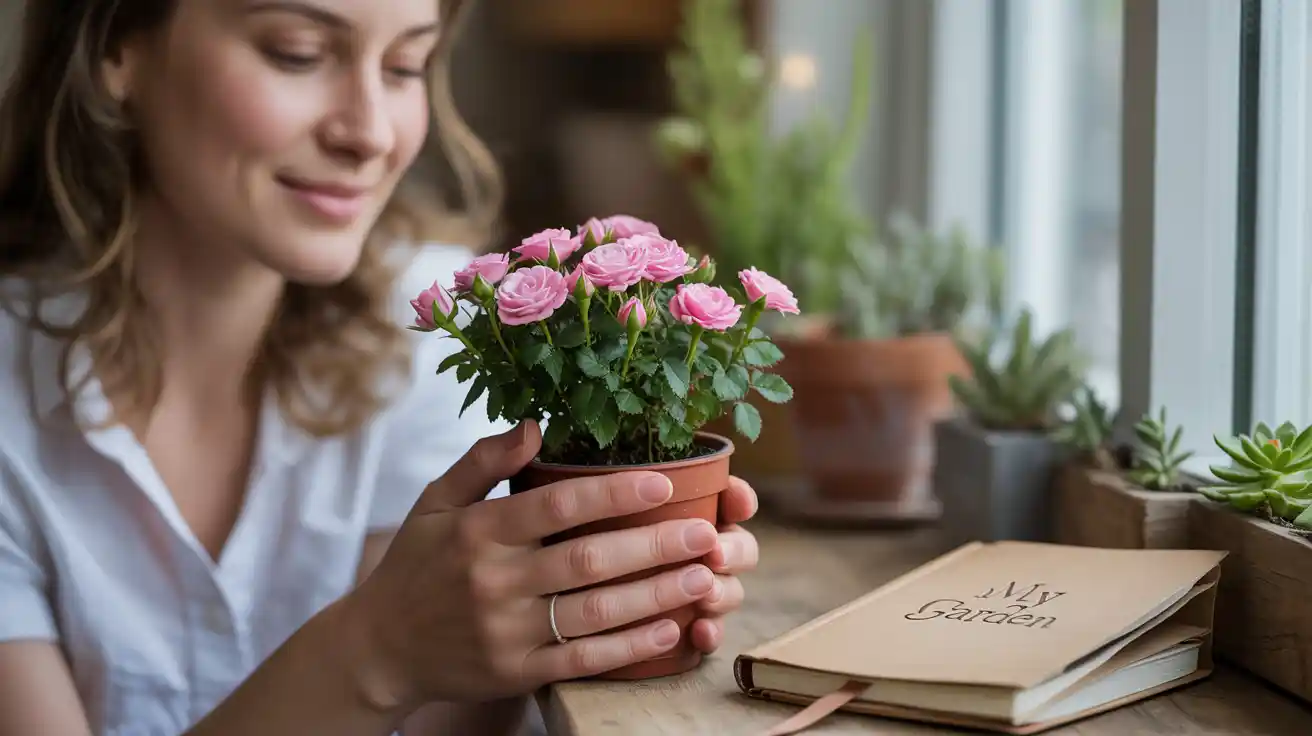
In my opinion, there’s something almost magical about nurturing a plant that shares your birth month.
It creates this beautiful connection between your journey and the natural world’s rhythm.
I’m a June baby, so roses are my birth flower, and let me tell you—learning to grow healthy roses has taught me so much about patience, persistence, and celebrating small victories (like that first perfect bloom after months of careful tending).
Beyond the personal connection, birth flowers make incredible conversation starters.
Picture this: someone asks about your garden, and you get to share not just what you’re growing, but why it’s special to you.
It’s gardening with intention and meaning.
Plus, if you’re into gift-giving (and who isn’t?), knowing birth flowers opens up a whole world of thoughtful present possibilities.
Fresh bouquets, potted plants, or even seeds for fellow gardening friends—it’s so much more personal than generic flowers.
How to Identify and Research Your Birth Flower

Once you know your birth flower from the list above, it’s time to become a little detective.
Not all flowers are created equal when it comes to growing requirements, and some have multiple varieties that might work better in your specific situation.
Step 1: Get specific about varieties: Take roses, for example—there are climbing roses, shrub roses, hybrid teas, and dozens of other types. Each has different space requirements, bloom times, and care needs. Do a quick online search for “[your birth flower] varieties” to see your options.
Step 2: Check your growing zone: This is crucial! Your USDA hardiness zone (you can find yours with a quick zip code search) will determine which varieties of your birth flower will actually survive in your climate. There’s nothing more heartbreaking than falling in love with a plant that can’t handle your winters.
Step 3: Consider your space and lifestyle: Be honest with yourself here. If you’re working with a tiny balcony, that climbing rose might not be realistic. If you travel frequently, maybe skip the high-maintenance varieties. The goal is success, not frustration!
Tips for Successfully Growing Your Birth Flower
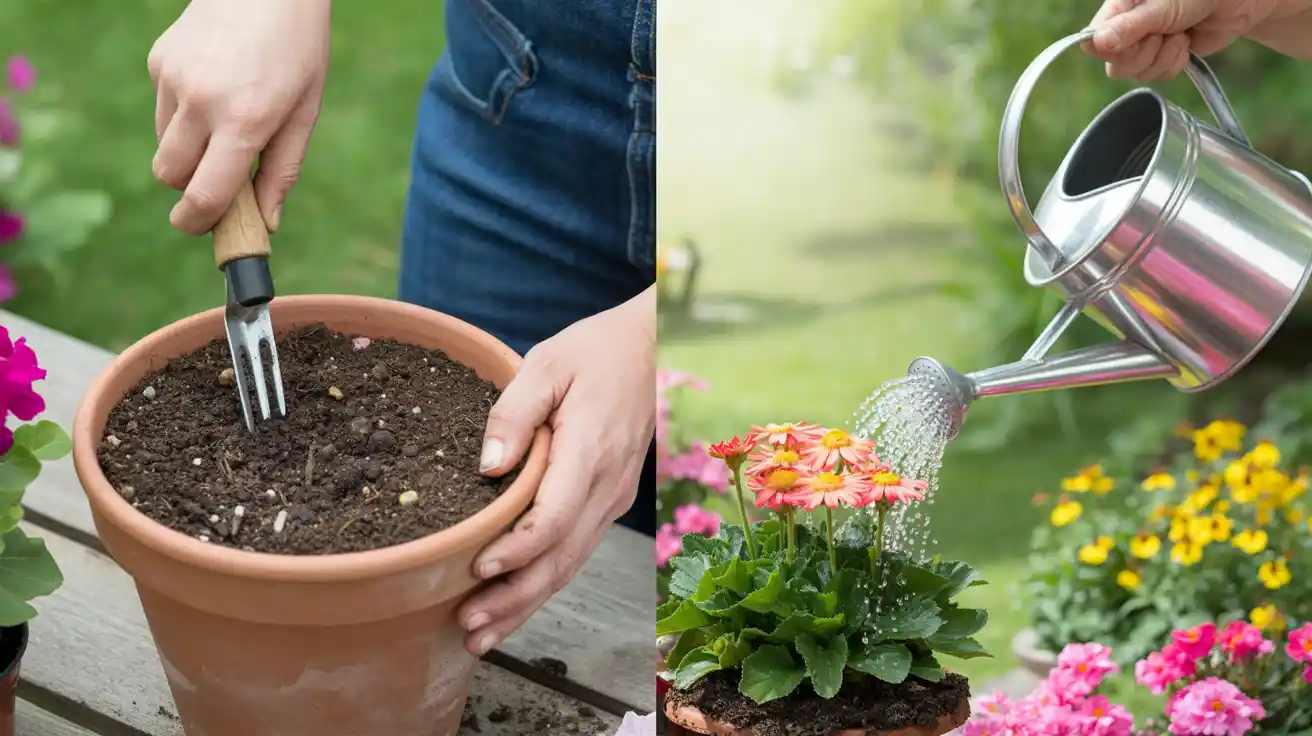
Here’s where the rubber meets the road (or should I say, where the roots meet the soil?).
Every flower has its preferences, but I’ve learned some universal truths that apply to most birth flowers:
Start with soil preparation: I cannot stress this enough—good soil is everything. Most birth flowers prefer well-draining soil that’s been amended with compost. Think of soil like the foundation of a house; everything else depends on getting this right.
Location, location, location: Pay attention to your flower’s light requirements. Most flowering plants need at least 6 hours of direct sunlight, but some (like violets) actually prefer partial shade. Observe your yard throughout the day to identify the best spots.
Water wisely, not frequently: This was a hard lesson for me to learn! Most plants prefer deep, infrequent watering over daily sprinkling. Water at the base of the plant early in the morning when possible—this gives plants time to dry before evening and helps prevent fungal issues.
Feed your flowers (but don’t overdo it): A balanced, slow-release fertilizer applied in spring is usually sufficient for most birth flowers. Over-fertilizing can actually reduce blooms, so less is often more.
Seasonal timing matters: Plant perennial birth flowers (like roses or chrysanthemums) in spring or early fall. Annual varieties can be planted after your last frost date. If you’re unsure about timing in your area, your local extension office is an amazing resource.
Month-by-Month Growing Guide for Popular Birth Flowers
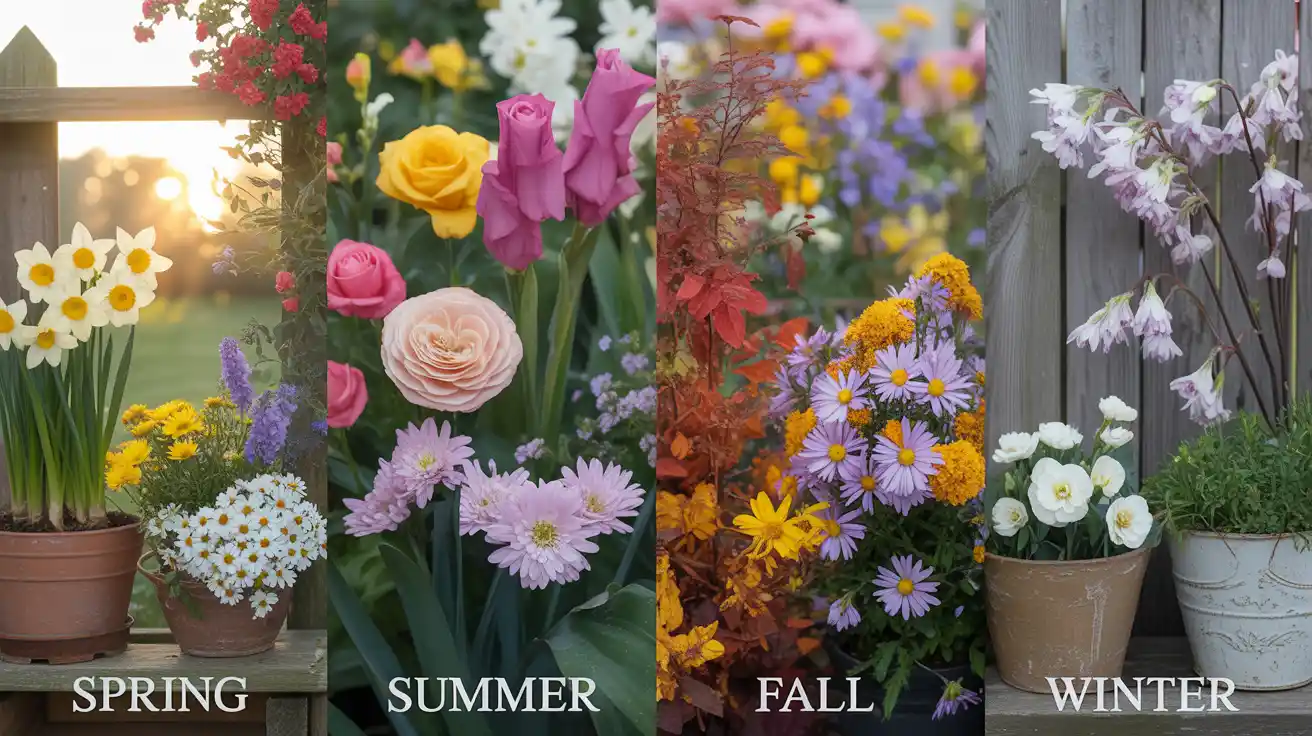
Let me walk you through some specific tips for the most common birth flowers:
Spring Bloomers (March-May) Daffodils are incredibly forgiving—plant the bulbs in fall, and they’ll practically take care of themselves. Daisies love full sun and regular deadheading (just pinch off spent blooms to encourage more flowers). Lily of the Valley prefers shade and can spread to form lovely ground cover, but be patient—it can take a year or two to establish.
Summer Stars (June-August) Roses need good air circulation and morning sun. Start with disease-resistant varieties if you’re a beginner. Larkspur can be direct-seeded in early spring—they actually prefer cooler weather for germination. Gladiolus bulbs should be planted in spring after the soil warms up, and they’ll need staking for support.
Fall Favorites (September-November) Asters are practically foolproof and attract butterflies like crazy. Marigolds are perfect for beginners—they grow fast from seed and bloom until frost. Chrysanthemums can be grown as annuals or perennials, depending on your zone, and they come in amazing colors beyond the traditional fall shades.
Winter Wonders (December-February) Carnations can be tricky outdoors in cold climates, but make excellent container plants. Violets are charming in shaded spots and often self-seed for next year. Paperwhites can be forced indoors for winter blooms—just plant the bulbs in pebbles and water for gorgeous fragrant flowers in about 6 weeks.
Creative Ways to Display and Enjoy Your Birth Flower
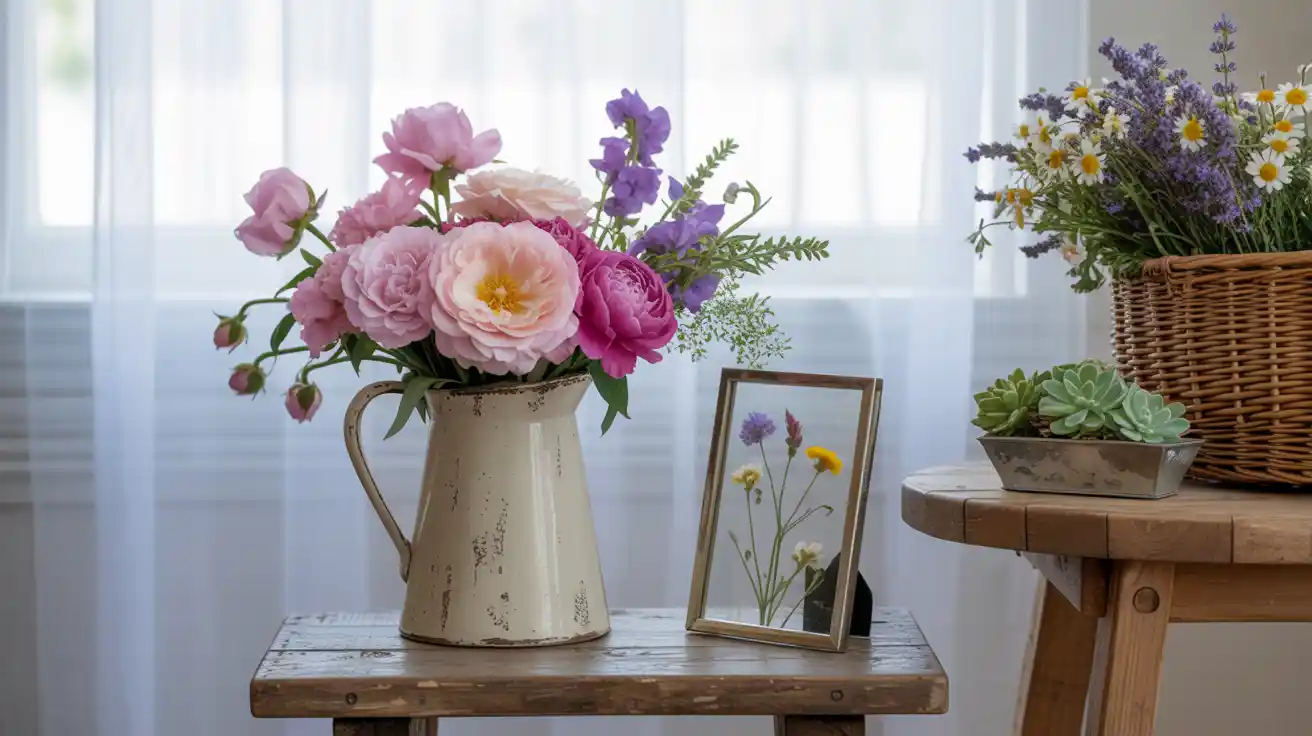
Growing your birth flower is just the beginning—how you showcase it can make it even more special.
I love creating little vignettes in my garden where my roses take center stage, surrounded by complementary plants that highlight their beauty.
Container growing options: If you’re short on space or dealing with challenging soil, containers are your friend. Almost any birth flower can be grown in pots with the right size container and potting mix. Plus, you can move them around to follow the sun or protect them from harsh weather.
Cut flower arrangements: There’s nothing quite like bringing your own birth flower indoors. Learn the best time to cut your specific flower (usually early morning when stems are full of moisture) and how to condition them properly for longer vase life.
Pressed flower crafts: This is where my Pinterest heart really shines! Pressing your birth flowers creates beautiful keepsakes for cards, bookmarks, or framed art. It’s such a lovely way to preserve the memory of your garden’s blooms.
Troubleshooting Common Birth Flower Growing Challenges
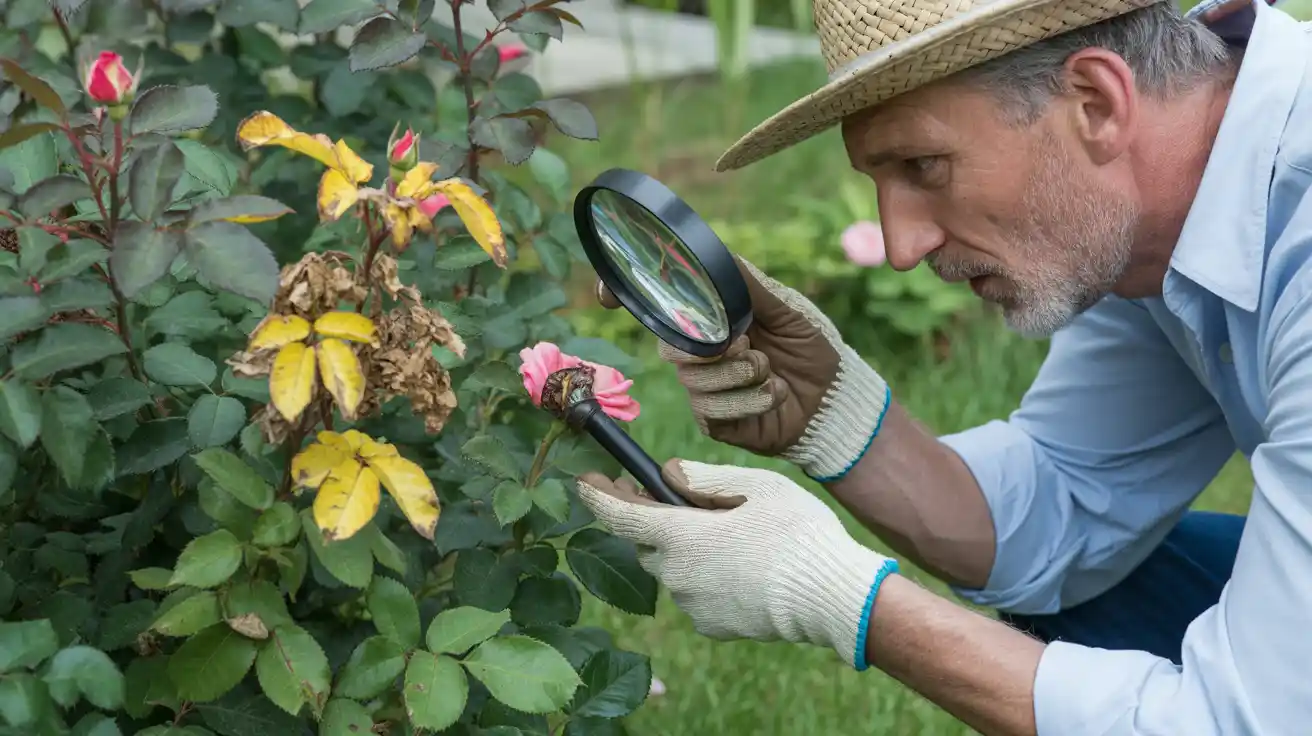
Let’s be real—not every gardening adventure goes according to plan, and that’s totally okay! I’ve definitely had my share of plant failures, and each one taught me something valuable.
Problem: Poor or no blooms – This is usually a light issue (not enough sun) or a nutrition problem (too much nitrogen, which encourages leaves over flowers). Move the plant if possible, or adjust your fertilizing routine.
Problem: Pest issues – Start with the gentlest solutions first—often a strong spray of water or introducing beneficial insects can solve problems naturally. If you need to use treatments, always read labels carefully and follow directions exactly.
Problem: Disease concerns – Prevention is key here. Good air circulation, proper spacing, and watering at soil level rather than on leaves can prevent many common issues. Remove any diseased plant material promptly and don’t compost it.
When to ask for help: Your local master gardener program or extension office can be an incredible resource for region-specific advice. Don’t be shy about asking questions—experienced gardeners love sharing their knowledge!
Making It Personal: Adding Meaning to Your Birth Flower Garden
Here’s where this whole birth flower journey gets really special.
I like to keep a simple garden journal where I note when my roses first bloom each year, what the weather was like, and how I was feeling.
It creates this beautiful record of both my garden’s growth and my own journey.
Consider creating a small ceremony around planting your birth flower—maybe on your birthday or the first day of spring.
It doesn’t have to be elaborate; even just taking a moment to set an intention for what you hope to learn or experience through growing this plant can make it feel more meaningful.
If you have family members with different birth flowers, imagine how beautiful it would be to create a family birth flower garden where everyone’s special bloom has a place. It’s like a living family tree!
Your Birth Flower Journey Starts Now

Growing your birth flower isn’t just about adding another plant to your collection—it’s about creating a deeper connection with both yourself and the natural world around you.
Whether you’re planting your first seeds or adding to an already abundant garden, your birth flower can become a source of joy, reflection, and personal pride.
Start small if you need to. Even one healthy plant that blooms reliably is better than an ambitious garden that overwhelms you.
Pay attention to what your plant teaches you about patience, nurturing, and celebrating small victories.
And don’t forget to share your journey—post those bloom photos, swap growing tips with friends, and inspire others to discover their own birth flower magic.
Remember, every expert gardener was once a beginner who kept trying.
Your birth flower is waiting for you to discover its beauty, and I have a feeling this is going to be the start of something really wonderful.
Now grab those gardening gloves and let’s get growing!
